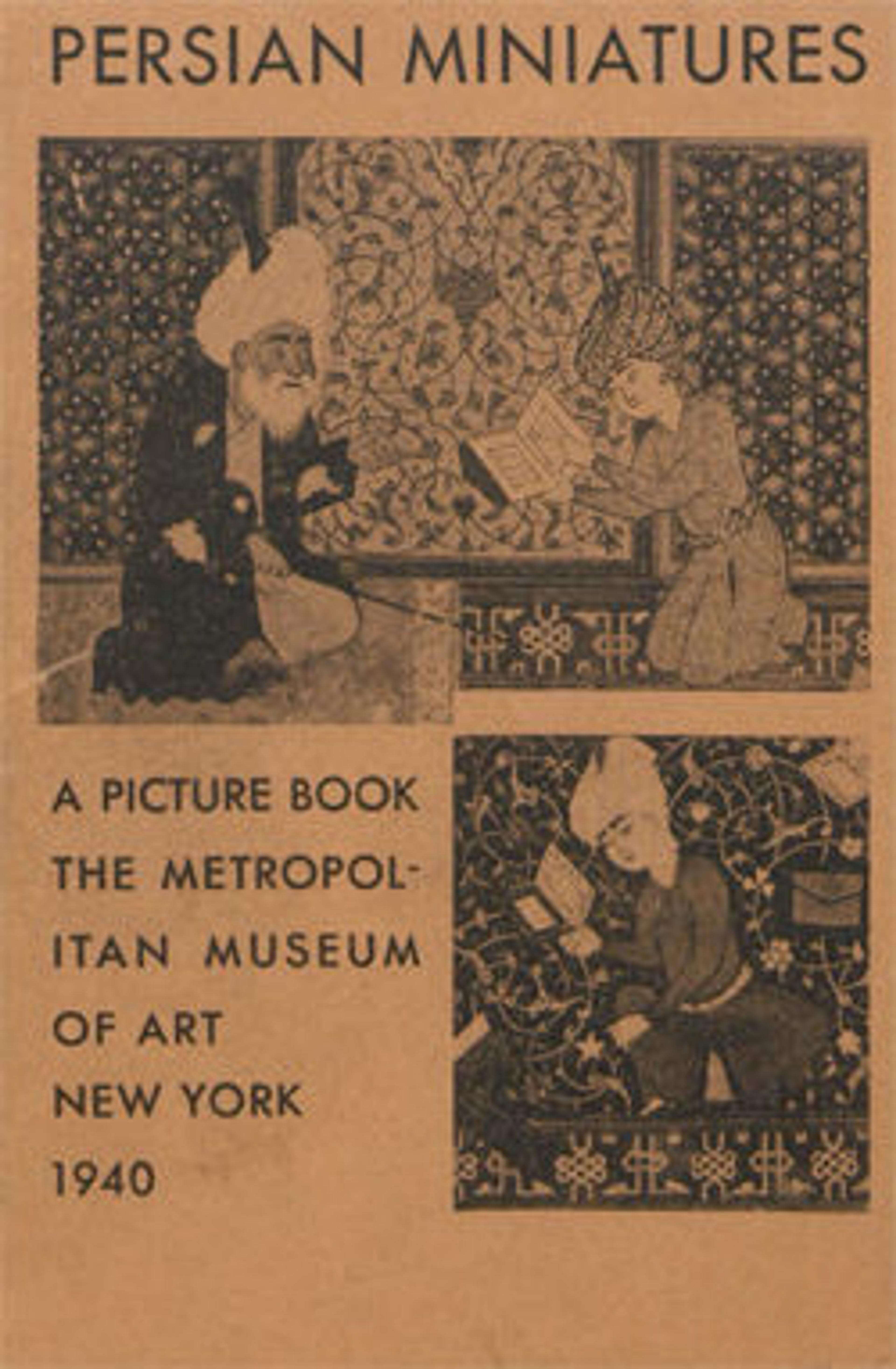Divan (Collected Works) of Jami
This manuscript is signed by a member of the renowned al‑Khwarazmi family of calligraphers, patronized by both Qara Quyunlu and Aq Quyunlu rulers in the cities of Baghdad, Shiraz, and Tabriz in the fifteenth century. 'Abd al-Karim al-Khwarazmi copied this collection of poetry by the popular contemporary poet Jami (d. 1492). Aq Quyunlu rulers much admired the work of this poet, who dedicated one of his works to the Aq Quyunlu sultan Ya'qub and his brother Yusuf.
Artwork Details
- Title:Divan (Collected Works) of Jami
- Author:Maulana Nur al-Din `Abd al-Rahman Jami (Iranian, Jam 1414–92 Herat)
- Calligrapher:`Abd al-Karim al-Khwarazmi (Iranian)
- Date:ca. 1480
- Geography:Attributed to Iran, Shiraz
- Medium:Ink, opaque watercolor, and gold on paper; leather binding
- Dimensions:H. 10 (25.4 cm)
W. 6 in. (15.3cm) - Classification:Codices
- Credit Line:Gift of Alexander Smith Cochran, 1913
- Object Number:13.228.4
- Curatorial Department: Islamic Art
More Artwork
Research Resources
The Met provides unparalleled resources for research and welcomes an international community of students and scholars. The Met's Open Access API is where creators and researchers can connect to the The Met collection. Open Access data and public domain images are available for unrestricted commercial and noncommercial use without permission or fee.
To request images under copyright and other restrictions, please use this Image Request form.
Feedback
We continue to research and examine historical and cultural context for objects in The Met collection. If you have comments or questions about this object record, please contact us using the form below. The Museum looks forward to receiving your comments.
